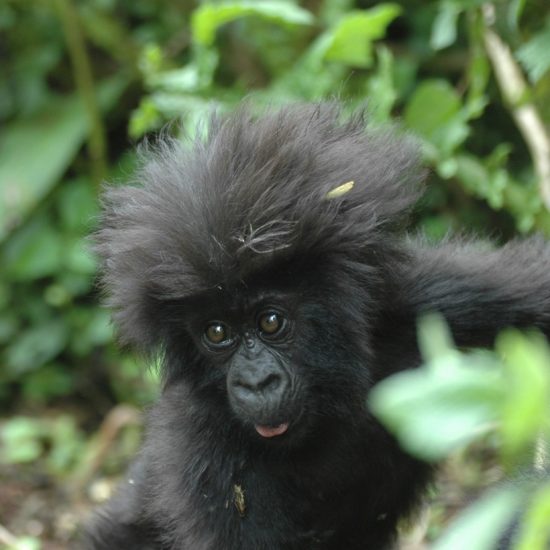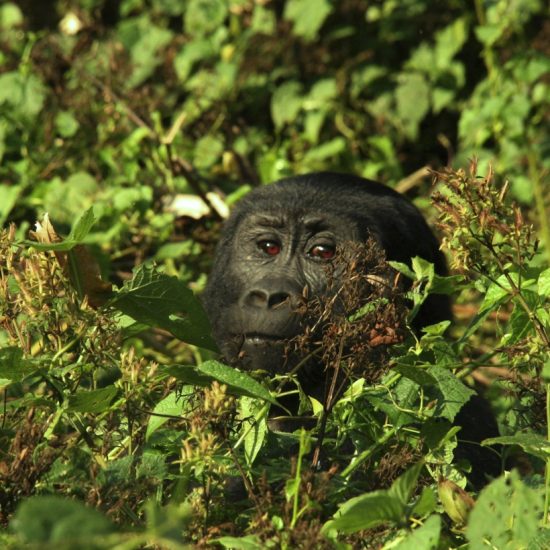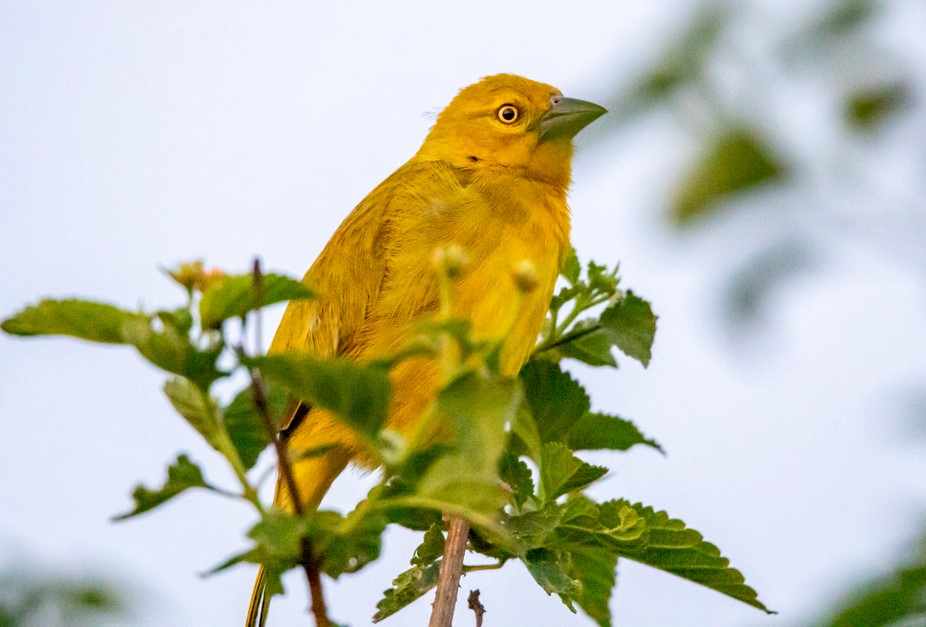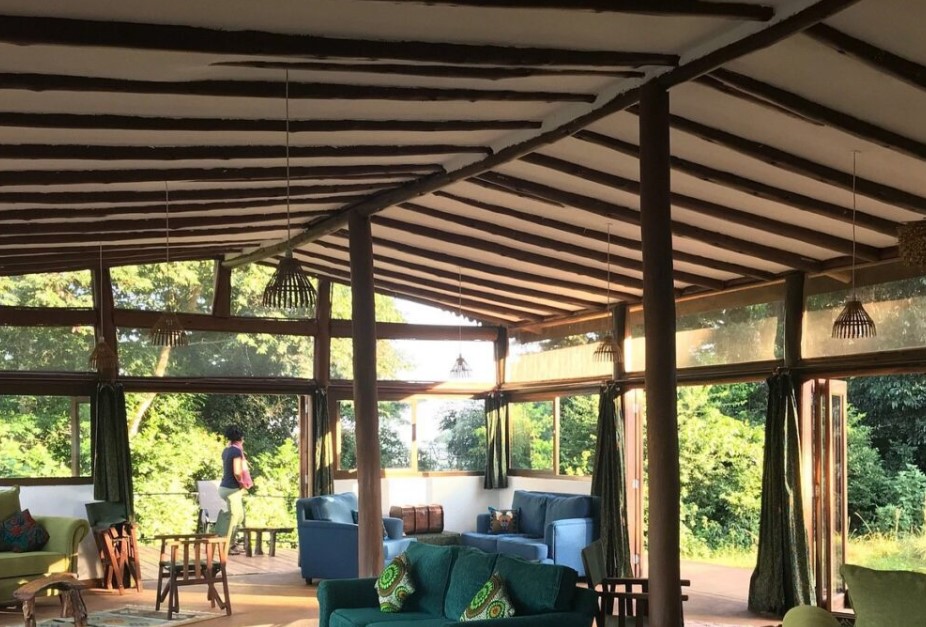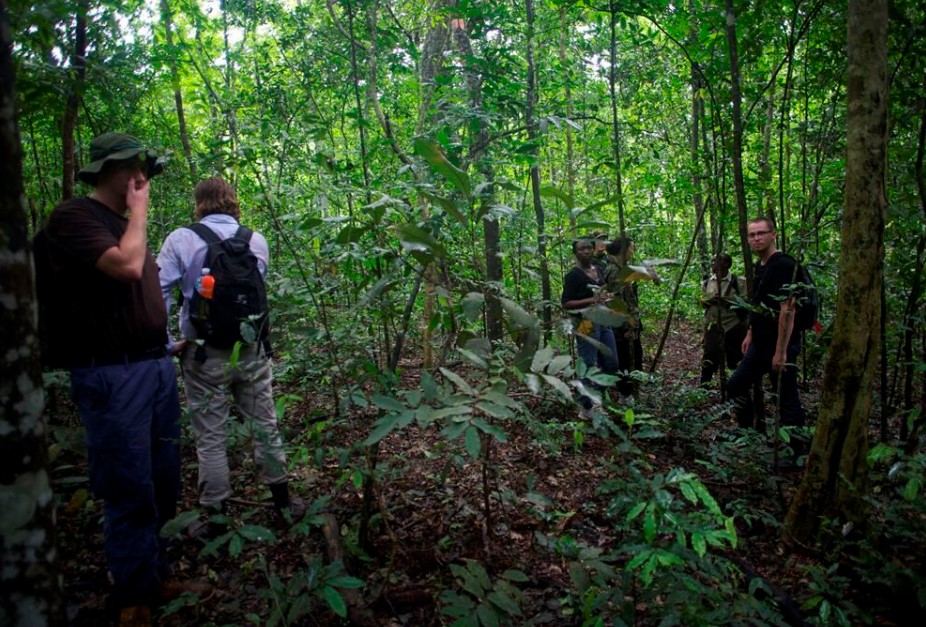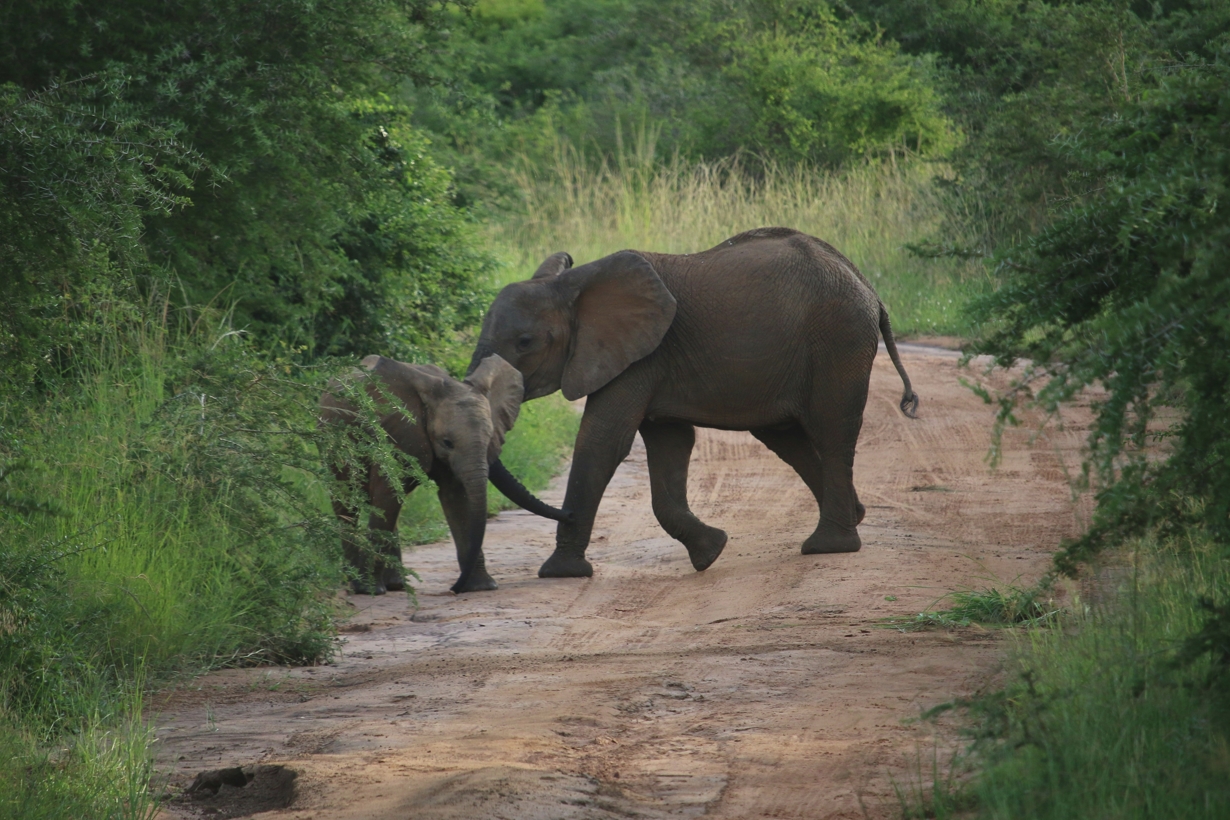
Murchison Falls Vs Akagera
Rwanda’s Akagera National Park and Uganda’s Murchison Falls National Park are two of the amazing wildlife locations in East Africa that provide outstanding wildlife safaris. Due to their exceptional biodiversity, both parks provide unusual wildlife encounters, breathtaking scenery, and natural attractions. The purpose of this analytical study, Murchison Falls Vs Akagera, is to compare the two parks and highlight their similarities and contrasts for those who enjoy the outdoors and adventure.
Murchison Falls National Park, established in 1952, is located in northwest Uganda and spans about 3,893 km². It is famous for the Murchison Falls, where the Victoria Nile River flows over a large cliff through a narrow opening down 43 meters to the base of the falls. The park is home to the Big Five and other mammals such as hippos, elephants, and chimpanzees in the Kaniyo Pabidi forest, and rare Shoebill storks are found in the Lake Albert Delta. Akagera National Park was established in 1934, spans about 1,122 km2, and is located in eastern Rwanda near the Tanzanian border. It features swamps, mountains, savannah, and woodland, housing zebras, giraffes, lions, and various bird species, including the endangered Shoebill stork.
Wildlife Species- Murchison Falls Vs Akagera
Murchison Falls National Park is home to a diverse wildlife species, including 144 mammal species, 556 bird species, 51 reptiles, and 51 amphibians. The park has diverse habitats, with the southern area featuring woodland and forests, and the northern area showcasing open savanna and palm trees. Visitors can see members of the Big Five, like Lions, Elephants, Buffaloes, Leopards, and Rhinos, (at Ziwa Rhino Sanctuary), along with other wildlife such as Rothschild’s giraffes, waterbucks, duikers, Jackson hartebeest, topis, sitatunga, spotted hyenas, primates and over 451 bird species such as the threatened Shoebill Stork, Black Bee-eater, Chocolate-backed Kingfisher, Abyssinian Ground Hornbill, Black-headed Lapwing, speckled-fronted Weaver, Black-billed Barbet, Swamp Flycatcher and Rock Pratincole, among others.
On the other hand, Akagera National Park offers a remarkably diverse wildlife species, such as the big game mammals, including the Big Five, such as elephants, lions, buffalo, rhinos, and leopards. Other mammals include impalas, zebras, giraffes, waterbucks, spotted hyenas, striped jackals, oribis, topis, primates such as olive baboons, blue monkeys, and vervet monkeys, and unique bird species such as Papyrus Gonolek, Shoebill Stork, Blue-headed Coucal, Red-faced Barbet, Brown-chested Lapwing, Double-toothed Barbet, Carruther’s Cisticola, Long-tailed Cisticola, Ring-necked Francolin, Cabanis Bunting, among others.
Activities
Since Rwanda’s Akagera National Park and Murchison Falls National Park are both wildlife safari parks, both parks offer a wide range of adventure activities such as morning, afternoon, and evening game drives (predator tracking), birdwatching, nature walks, hiking, fishing, and boat cruises, among others. In Murchison Falls National Park, boating is always done from the magnificent Victoria Delta to the base of the Murchison Falls and back to the Albert Delta, while Rwanda’s Akagera National Park offers visitors an exciting and scenic view of Lake Ihema during the boat cruise, a memorable adventure experience that occurs once in a lifetime.
Infrastructure development- Murchison Falls Vs Akagera
Murchison Falls National Park has a more improved infrastructure with a well-paved highway connecting to the park and three airfields, including Pakuba, Bugungu, and Chobe airstrips. This means that the park caters to both budget and upscale visitors to come and explore the spectacular beauty of Murchison Falls National Park. Additionally, the park boasts an impressive array of accommodation choices ranging from affordable to midrange to luxury options such as Chobe Safari Lodge, Paraa Safari Lodge, Bakers’ Lodge, Pakuba Safari Lodge, Hornbill Safari Lodge, and many others. On the other hand, Akagera National Park has also experienced a steady transformation in its infrastructure in the past years through the establishment of new lodges and roads heading to the park, though not as widely distributed as Murchison Falls National Park. Accommodation options in Akagera National Park include Akagera Game Lodge, Karenge Bush Camp, Ruzizi Tented Lodge, Magashi Camp, and many others.
Conservation efforts- Murchison Falls Vs Akagera
The distinctive biodiversity of Akagera National Park and Murchison Falls National Park is a result of their dedication to conservation. Numerous conservation projects have been carried out at Murchison Falls Park to preserve a variety of rare animal species, including the Nile crocodiles, large cats like lions and leopards, and rhinos at Ziwa Rhino Sanctuary to boost their numbers. Nonetheless, the Akagera National Park has prioritised the restoration of the park’s ecosystem and the reintroduction of rare species, focusing on the big five, including lions, leopards, and rhinos…
Significantly, several conservation initiatives have been put in place, such as Safari trips in the Akagera, which provide opportunities for visitors to see the park’s wildlife protection initiatives, such as community development initiatives, habitat restoration, and anti-hunting patrols that are intended to reduce the conflict between humans and wildlife.
In conclusion, nature enthusiasts and adventure seekers can enjoy outstanding wildlife and adventure experiences at Akagera National Park and Murchison Falls National Park. These two renowned national parks do, however, have advantages and disadvantages. In addition to its varied and distinctive wildlife species and ecosystems, Murchison Falls National Park boasts a more developed tourism infrastructure, including a better network of lodging and transportation options. On the other hand, Akagera National Park provides a more unconventional experience and has accomplished remarkable conservation progress.



